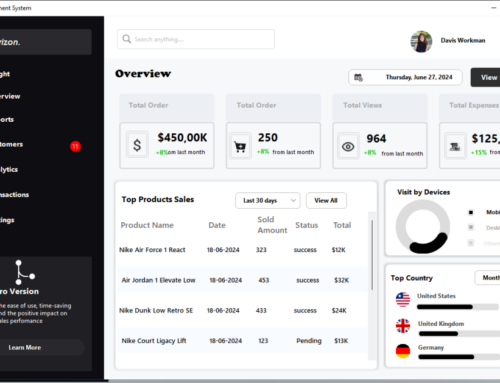Photo by Sarah Pflug from Burst
Earlier this week, I came across an article by Rain Noe, the senior editor of Core77, a blog dedicated to providing resources to designers and enthusiasts globally. The article was titled – Screenshot of the Horrific UI Design That Led Citigroup to Accidentally Send $893 Million. It details the story of Citigroup, a bank representing a company called Revlon. Citigroup was to wire interest payment on behalf of Revlon’s lenders amounting to $7.8 million. Hell broke loose when they wired $893 million instead – all due to bad UI Design and UX.

Screenshot of the legacy software – credits Arstechnica
The mistake was catastrophic for Citigroup as efforts to correct the damage did not materialize. Further, the court declined to reverse the amount sent erroneously and favoured the lenders.
Citigroup ordeal is just one of the recent examples of painful UI fails. It offers us an opportunity to learn and strive to put more thought into our design process.
Today, many organizations are still using legacy software like Citigroup with obsolete UI for performing fast-paced functions. For this reason, many organizations will keep loosing productivity, money and will be exposed to security vulnerabilities.
Taking the horrendous example of Citigroup, the damage would have been averted with better software design. For example, the software should have features such as confirmations using notifications, tooltips, well-highlighted labels, colour codes for buttons, validated input boxes and so on. While having such features will not make the software foolproof, they will definitely mitigate against such occurrences.
Here at Bunifu, our mission is to provide the best tools for UI designers to craft great user experiences. Our goal is to increase productivity for software developers without compromising on product quality. We created Bunifu Framework to provide modern features for modern software development.







Leave A Comment